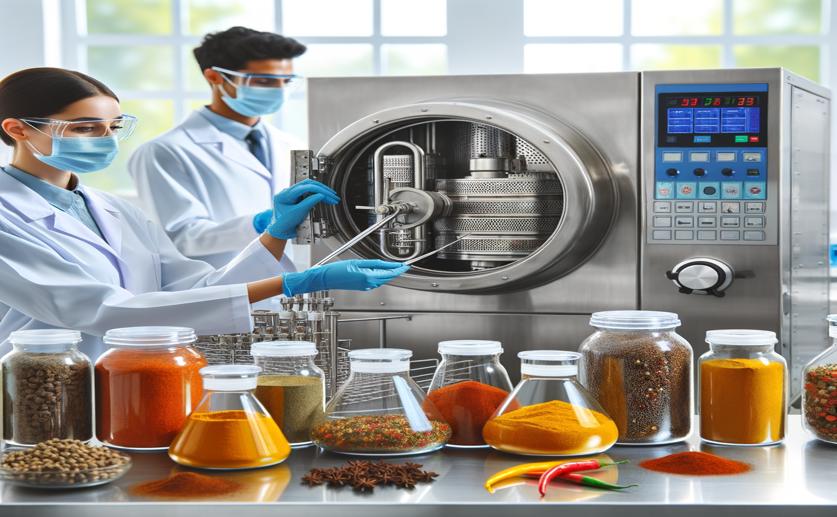
Testing Sterilization Methods on Spice Aromas and Cleanliness
Jenn Hoskins
10th March, 2024

Image Source: Natural Science News, 2024
Key Findings
- Study at Egyptian Russian University found processing spices changes their scent compounds
- Both autoclaving and γ-radiation effectively kill microbes, making spices safe to eat
- Changes in aroma after processing could affect the flavor of food using these spices
References
Main Study
1) Comparison of autoclaving and γ-radiation impact on four spices aroma profiles and microbial load using HS-SPME GC-MS and chemometric tools.
Published 8th March, 2024
https://doi.org/10.1038/s41598-024-56422-6
Related Studies
2) Consumer Attitudes towards Food Preservation Methods.
3) Antibacterial interactions of pulegone and 1,8-cineole with monolaurin ornisin against Staphylococcus aureus.
4) Essential Oils from Spices Inhibit Cholinesterase Activity and Improve Behavioral Disorder in AlCl3 Induced Dementia.



 25th January, 2024 | David Palenski
25th January, 2024 | David Palenski